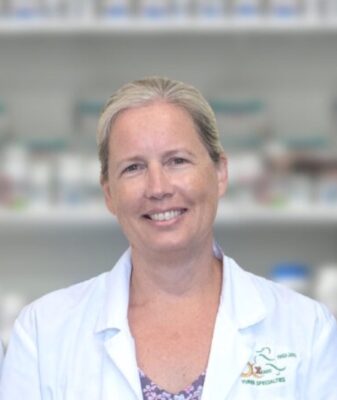By Diane Alavie, Pharmacist
Peripheral arterial disease (PAD) affects over 30% of Canadians, yet 65% of us know nothing about it.1 For those suffering from the pain of PAD, medication and lifestyle adjustments can make all the difference.
PAD, or peripheral vascular disease (PVD), is a blockage or narrowing of the arteries that carry blood to areas of your body other than your brain or heart. It commonly affects the legs, feet, kidneys, and sometimes arms. Symptoms include pain and cramps when active (not at rest), muscle weakness, hair loss, and cold or numb skin in the affected area. Left untreated, PAD can lead to a heart attack, stroke, and risk of infections like gangrene.
The most common cause of PVD is plaque buildup inside the artery wall. There is no cure, but since high blood pressure and cholesterol promote plaque buildup, lowering both can help prevent PVD or reduce its symptoms. Here’s how:
Medications
- Blood thinners or antiplatelet drugs like aspirin can prevent blood clots from forming.
- Statins (cholesterol medication) can slow plaque buildup.
- ACE inhibitors relax veins and arteries to lower blood pressure and prevent blood vessels from narrowing.
Lifestyle Changes
- Quit smoking (#1 risk factor for PAD).
- Eat a heart-healthy diet (https://www.heartandstroke.ca/healthy-living/healthy-eating/dash-diet).
- Exercise and maintain a healthy weight.
- Manage stress and get consistent, good-quality sleep.
Although medication and adopting a healthy lifestyle are surprisingly effective, bypass surgery or angioplasty may also be available options. Contact your doctor if you suspect you have PVD and your Yurek pharmacist for information on symptom relief.
1Can J Cardiol v.25(1); 2009 Jan PMC2691879








